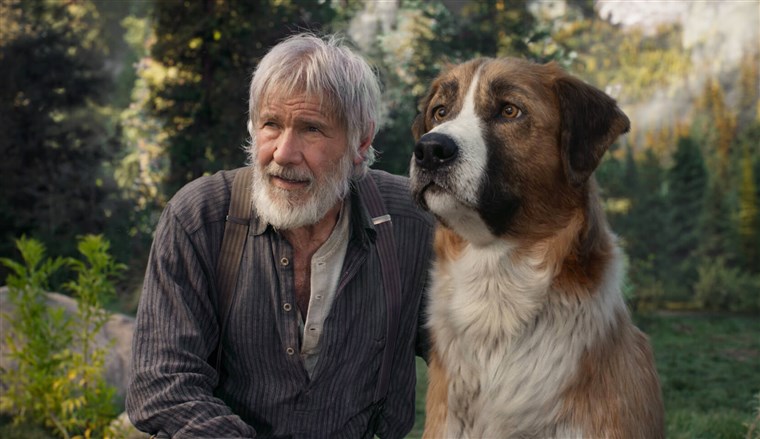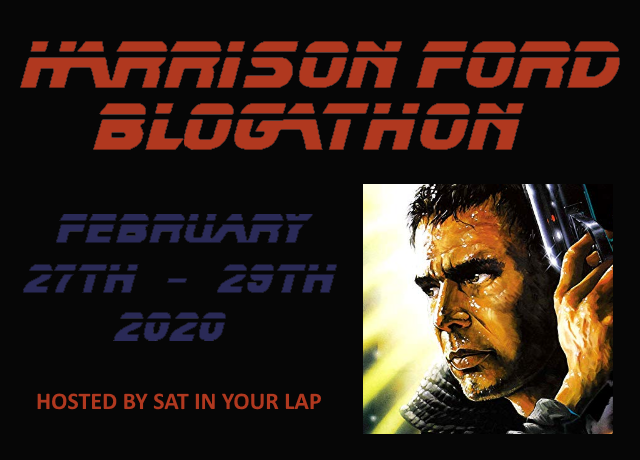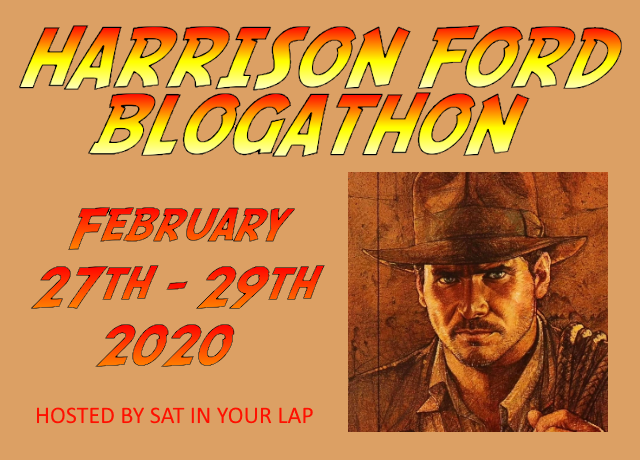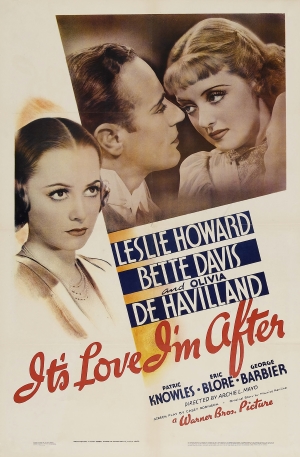
The Harrison Ford Blogathon has arrived! A big thank you to everyone who took part. We look forward to reading your entries. Please check back over the next three days as I will be updating the blogathon as participants post their entries.
Please be sure to leave comments on the participant’s blogs. I’m sure they will enjoy the feedback!
The Entries (In Alphabetical Order):
Silver Screenings: American Graffiti (1973)
Sat In Your Lap: The Conversation (1974)
Dubsisism: The Conversation (1974)
The Midnite Drive-In: Cowboys & Aliens (2011)
Hamlette’s Soliloquy: The Fugitive (1993)
Movies Meet Their Match: Raiders of the Lost Ark (1981)
coffee, classics & craziness: Regarding Henry (1991)
movierob: A Time For Killing (1967), The Mosquito Coast (1986) & Crossing Over (2009)
johnrieber: Working Girl (1988)














